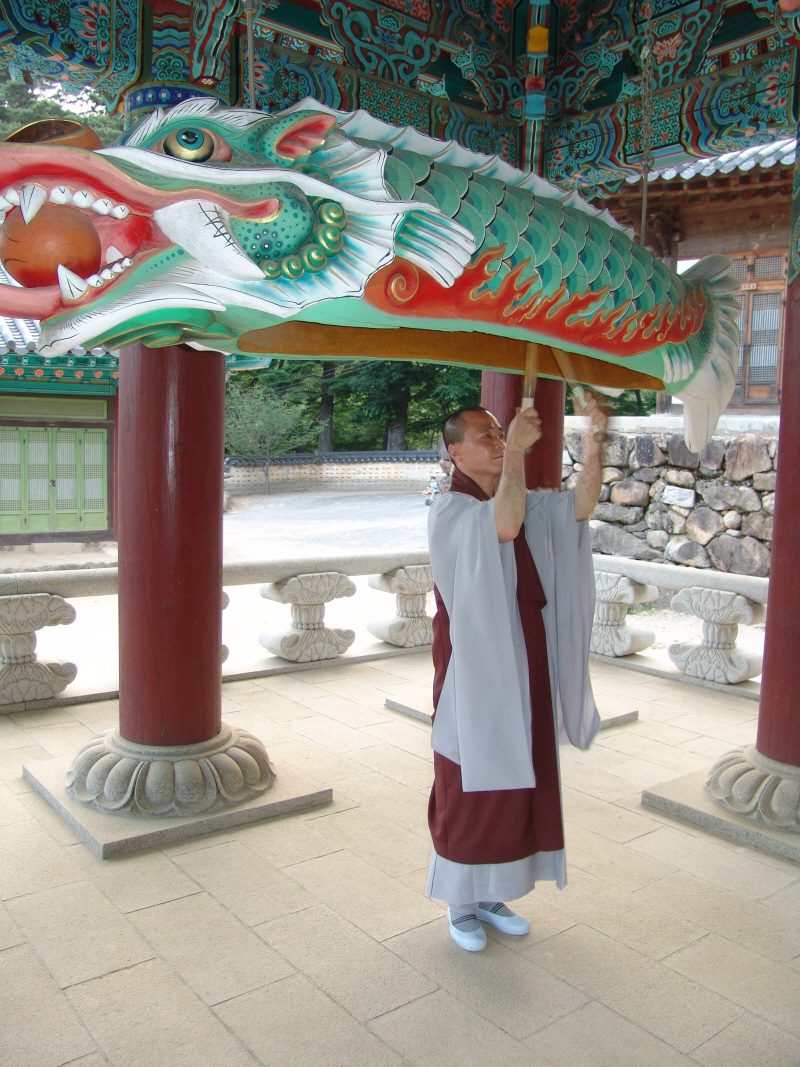|
Mampuku-ji
is a Buddhist temple located in Uji, Kyoto. It is the head temple of the Japanese Ōbaku Zen sect, named after Wanfu Temple in Fujian, China. The mountain is likewise named after Mount Huangbo, where the Chinese temple is situated. History The temple was founded in 1661 by the Chinese monk Yinyuan Longqi (Ingen) and his disciple Muyan. In 1664, control of the temple passed to Muyan, after many Chinese monks followed as head priests. Only the fourteenth priest and his successors are Japanese. On May 21, 1673 (''Enpō 1, 5th day of the 4th month'') Yinyuan (Ingen) dies here. The art of '' Senchadō'' is closely tied to the temple due to its founder. Architecture The temple structures were constructed in Ming China's architectural style. The arrangement of buildings also follows Ming Dynasty architectural style, representing an image of a dragon. The temple features an exemplary '' gyoban'' (fish board, used to toll the hours). Art The temple treasure house contains a ... [...More Info...] [...Related Items...] OR: [Wikipedia] [Google] [Baidu] |
Uji, Kyoto
is a city on the southern outskirts of the city of Kyoto, in Kyoto Prefecture, Japan. Founded on March 1, 1951, Uji is between the two ancient capitals of Nara and Kyoto, Kyoto, Kyoto. The city sits on the Uji River, which has its source in Lake Biwa. Uji has a population of 179,630 and is the second largest city in Kyoto Prefecture. It has an area of 67.54 km2, giving it a population density of 2,660 persons per km2. History In the 4th century the son of Emperor Ōjin established a palace in Uji. Three Battle of Uji (other), battles of Uji-gawa took place here in 1180, 1184 and 1221. ''Shōgun'' Ashikaga Yoshimitsu (1358–1408) promoted cultivation of Uji tea in the area. Since then Uji has been an important production and distribution center of superior quality green tea. Tsuen tea has been served since 1160 and is still sold in the oldest tea shop in Japan and possibly the world—the Tsuen Tea, Tsuen tea shop. The final chapters of ''The Tale o ... [...More Info...] [...Related Items...] OR: [Wikipedia] [Google] [Baidu] |
Gyoban
A wooden fish, also known as a Chinese temple block, wooden bell, or ''muyu'', is a type of woodblock that originated from East Asia that is used by monks and lay people in the Mahayana tradition of Buddhism. They are used by Buddhist ceremonies in China, Korea, Japan, Vietnam and other Asian countries. They may be referred to as a Chinese block, Korean block or, rarely, as a skull. Wooden fish often used in rituals usually involving the recitation of sutras, mantras, or other Buddhist texts. In Chan Buddhism, the wooden fish serve to maintain rhythm during chanting. In Pure Land Buddhism, they are used when chanting the name of Amitabha. Wooden fish come in many sizes and shapes, ranging from , for laity use or sole daily practice, or to for usage in temples. Wooden fish are often (in Chinese temples) placed on the left of the altar, alongside a bell bowl, its metal percussion counterpart. Wooden fish often rest on a small embroidered cushion to prevent unpleasant knocki ... [...More Info...] [...Related Items...] OR: [Wikipedia] [Google] [Baidu] |
Obaku Temples , a village
{{disambig ...
Ōbaku (黄檗 Japanese ''Ōbaku'', pinyin ''Huángbò'') is the Amur Corktree. It may refer to: *Mount Huangbo (), a mountain in China's Fujian province, noted for its Buddhist temples *Mount Ōbaku (, ''Ōbaku-san''), a mountain in the city of Uji in Japan *Huangbo Xiyun (黄檗希運), a Chinese Chan Buddhist master *The Japanese Ōbaku School (黄檗宗) of Zen Buddhism Obaku may also refer to: *Obaku, Nigeria Ogbaku is a town made up of eighteen (18) villages in Mbaitoli Local Government Area of Imo state, South Eastern Nigeria. It is situated along Onitsha-Owerri road. It is about 12 km to the capital city of Owerri. There is a cottage Hospita ... [...More Info...] [...Related Items...] OR: [Wikipedia] [Google] [Baidu] |
Buddhist Temples In Kyoto Prefecture
Buddhism ( , ), also known as Buddha Dharma and Dharmavinaya (), is an Indian religion or philosophical tradition based on teachings attributed to the Buddha. It originated in northern India as a -movement in the 5th century BCE, and gradually spread throughout much of Asia via the Silk Road. It is the world's fourth-largest religion, with over 520 million followers (Buddhists) who comprise seven percent of the global population. The Buddha taught the Middle Way, a path of spiritual development that avoids both extreme asceticism and hedonism. It aims at liberation from clinging and craving to things which are impermanent (), incapable of satisfying ('), and without a lasting essence (), ending the cycle of death and rebirth (). A summary of this path is expressed in the Noble Eightfold Path, a training of the mind with observance of Buddhist ethics and meditation. Other widely observed practices include: monasticism; " taking refuge" in the Buddha, the , and the ; and ... [...More Info...] [...Related Items...] OR: [Wikipedia] [Google] [Baidu] |


